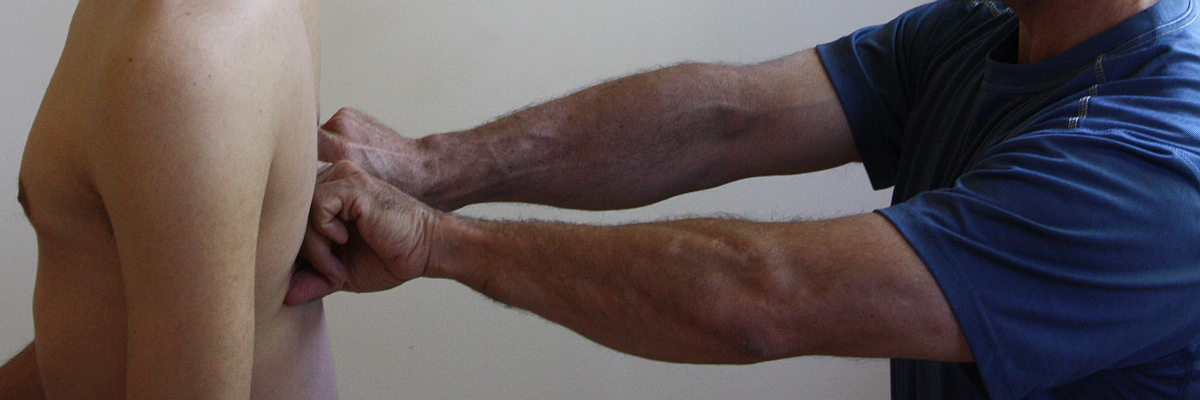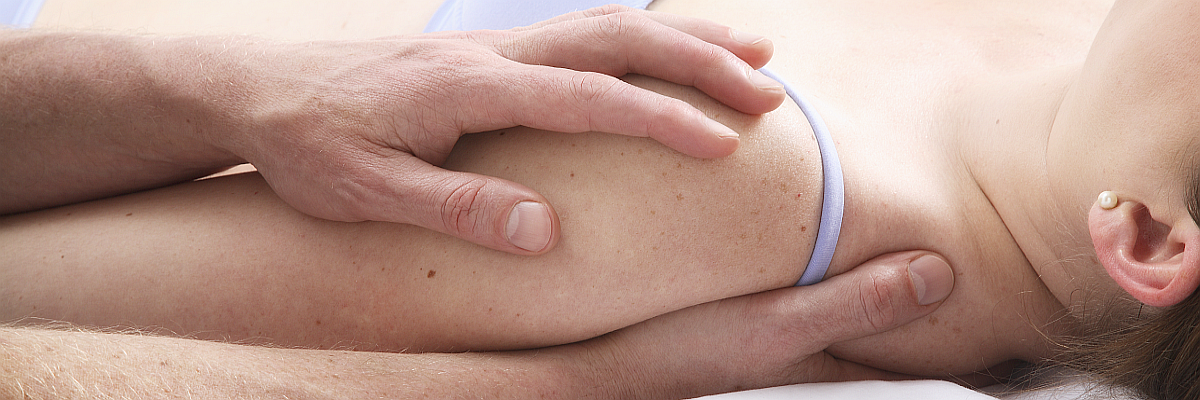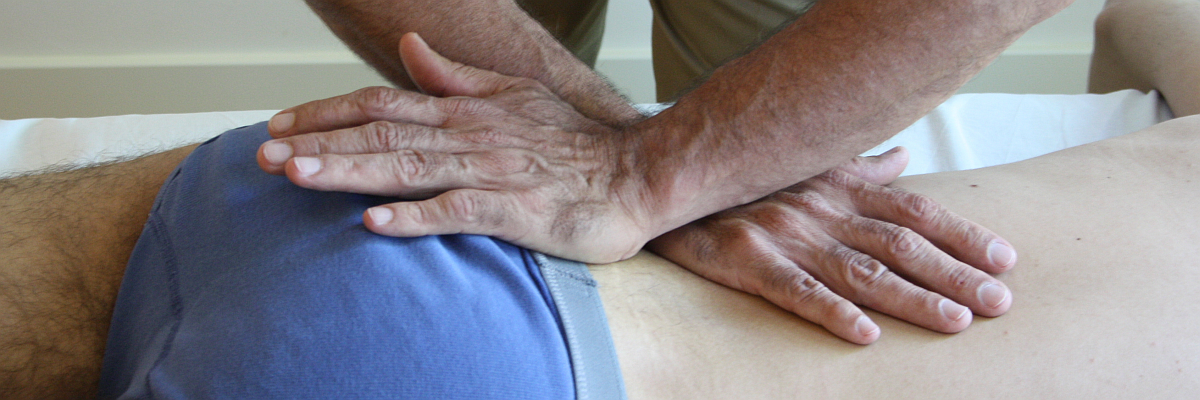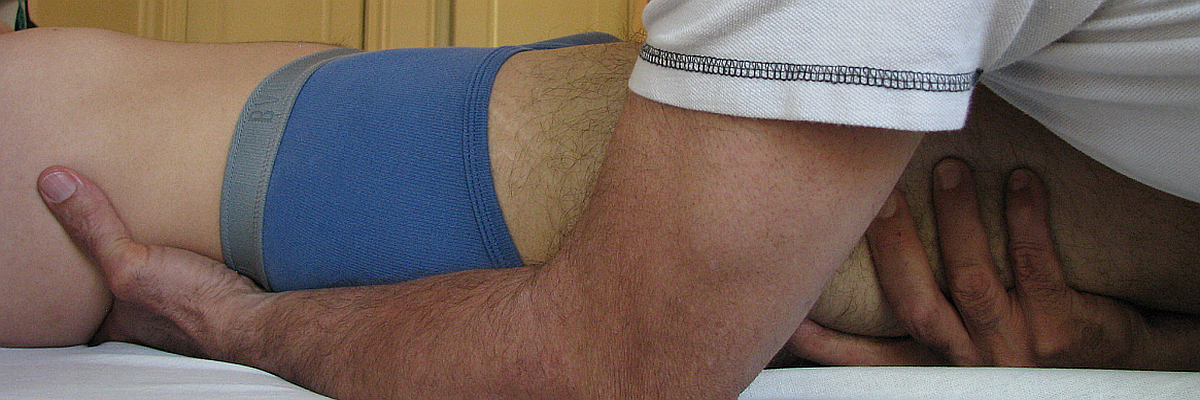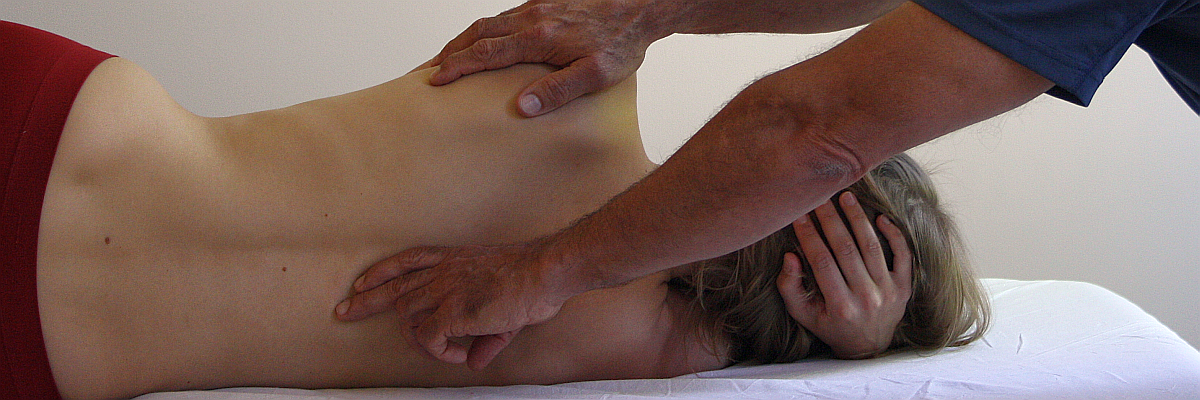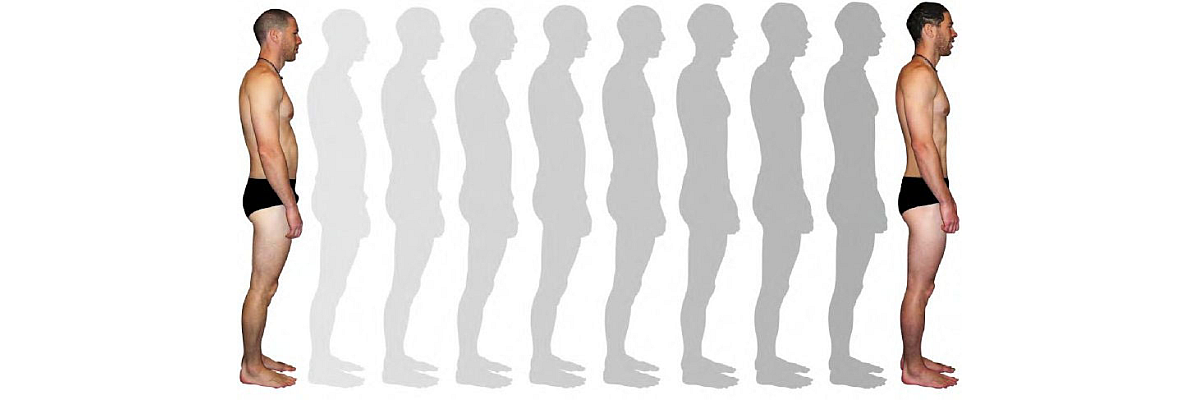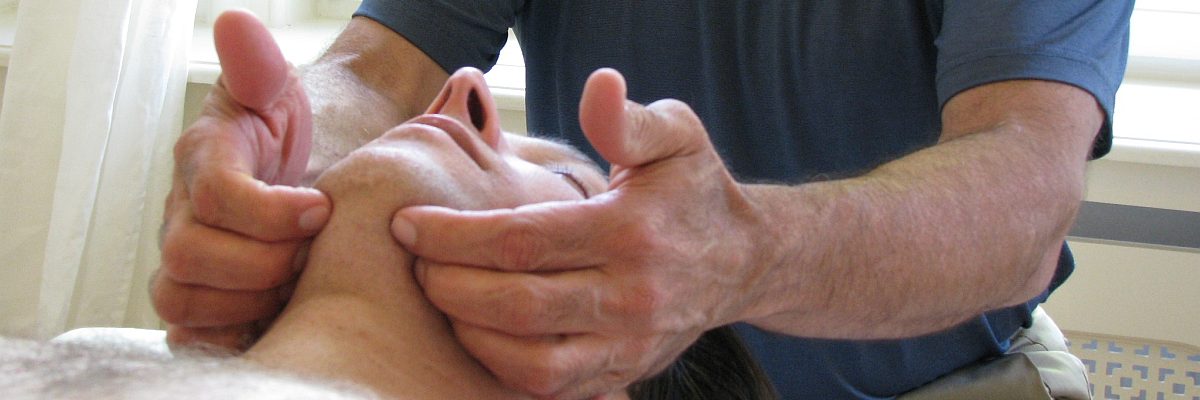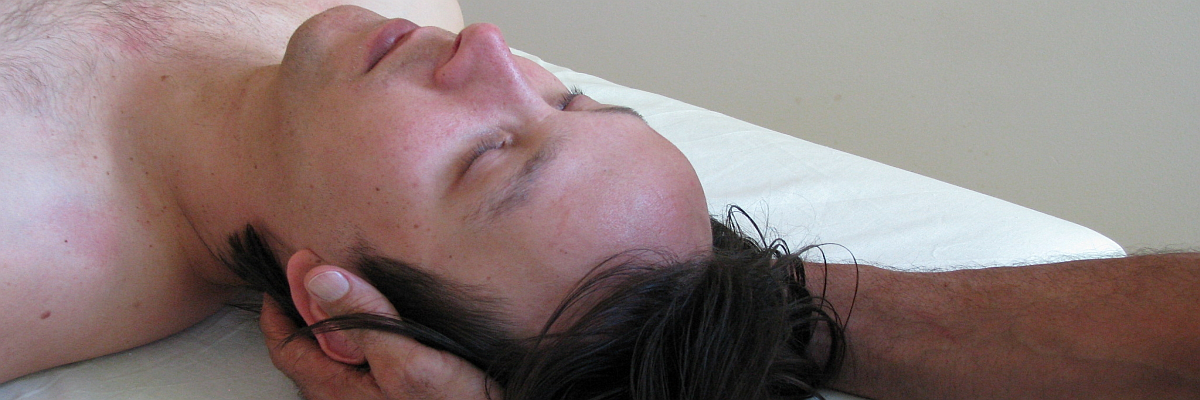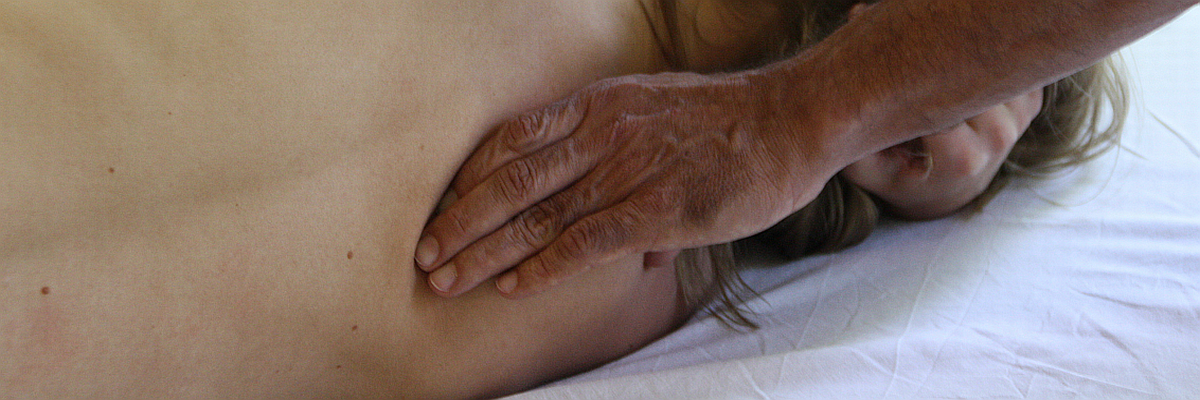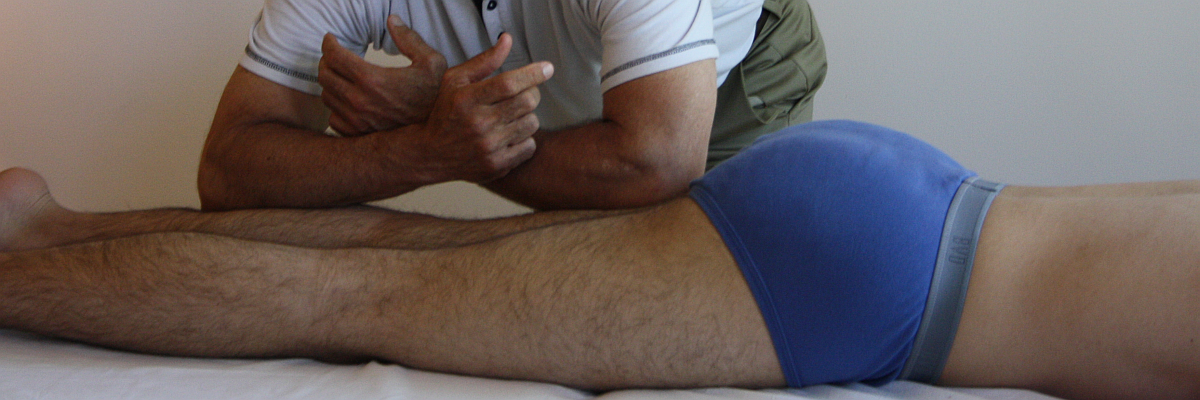
“Your body is an integral, complete structure made up of a web of living tissue called fascia, a form of connective tissue; the organ of form.”
Dr. Ida P. Rolf, PH.D., Founder, Rolfing® Structural Integration
Injuries arising from repetitive motions and improper posture are relatively common in dentistry. The nature of the work is such, that without careful attention to the ergonomics within the practice AND appropriate care for the practitioners body, initial strain becomes part-time, and eventually, chronic pain.
As this process unfolds, most practitioners initially compensate for the strain by adapting their working positions, shifting work to assistants, taking more frequent breaks, etc… Ultimately, if not addressed properly, Dentists can lose their ability to work and compromise the quality of their lifestyle both outside work and for the rest of their lives. This pattern of declining productivity affects not only the Dentist, but their assistants as well. In the end, both personal health and financial well-being of the practice are victims to the cumulative strain of the profession. Yet, this does not always happen, nor does it have to…
The current emphasis for treatment and prevention is Ergonomics. Appropriately so. Clearly, if your workplace is set up poorly, the result after treating hundreds of patients day after day will be injury. Yet, a more important question has been overlooked. There are two key elements in the Ergonomics equation — the equipment – its placement and use, AND THE PRACTITIONER as active participant in the equation. A key question rarely asked is: How adaptable is the individual practitioner — what is his flexibility, range of motion, mobility, body alignment and balance, body tonus (the underlying tension necessary to stabilize the body during work), and what does he do to rest and recover. These are vital factors rarely examined in today’s injury prevention paradigm.
To begin with, the definition of repetitive motion injuries as being musculoskeletal in nature is misleading. The most common injuries in dentistry more often involve fascia and nerve restrictions. Fascia contains over ten times the number of nerve endings that muscles do and is richly ennervated with pain receptors. The function of fascia is to support repetitive motion patterns by strengthening and stabilizing muscles and joints to enhance efficiency in body posture or movement. Generally, this is a good thing, but there is a potential cost.
If patterns are learned incorrectly, or if a body is not aligned when you repeat these movements over and over, the fascia reinforces strainful patterns locking the body into posture and motions that often require a higher base muscle tone to maintain stability. This is why when adjusting to the early signs of pain, a change is often helpful to begin with, but ultimately results in greater pain over time. The body has moved from one strainful pattern, to its second best alternative.
Similarly, the nerves during repetitive motions often get trapped or impinged as fascia builds up to support poor habitual movement patterns. If these nerves eventually do not move freely within their fascial sheaths, inflammation and ultimately loss of motion, tingling, numbness or worse can occur. Carpal Tunnel Syndrome, Trigger Finger Syndrome and many other common conditions arise from inflammation in the nerves when passing through narrow structures of the body at the shoulder, elbow and wrist. That the tendons and fascial reinforcement in these areas are often overdeveloped by the nature of dental work, only creates additional challenges for nerves to move freely. These hand/arm restrictions often create tension and strain on cervical nerves and the brachial plexus, which results in neck and shoulder pains that flow into the arm and hand. Most dental injuries are systemic, not isolated and their resolution often involves working in areas removed from the immediate source of pain. Thus, restrictions in the hand or elbow can tug on cervical and plexus nerves creating pain remote from the origin.
Finally, the Dentist’s posture while working, which provides the stability necessary for delicate hand and finger work, is often in poor alignment with forces placed upon them. Perhaps the most important is Gravity… What is the practitioners alignment both sitting and standing with the weight of his own body? Leaning side-ways with uneven weight distribution through the feet, flexed and rotated spines, elevated arm positions held static over time, are all elements in the emergence of neck, shoulder and back pain. As these poor postures are reinforced hour-after-hour, day-upon-day, the result is a body that has adapted to not knowing how to find a comfortable and relaxed position. High tension and stress become the normal pattern. Necks stick forward and to one side, shoulders are elevated often asymmetrically, and the natural curvature of the spine becomes distorted. Strain, then injury and pain are the outcome.
For further information or to make an Appointment.
“Rolfing® SI is bodywork that makes the body work.”
 |
 |
 |
 |
 |
